Identifying Cost-Effective Manufacturing Locations to Mitigate Tariffs
As trade tensions persist and new tariffs emerge, businesses importing goods from China find themselves navigating a more complex and expensive landscape. To stay profitable and flexible, many organizations have begun exploring alternative manufacturing locations outside of China—particularly in Vietnam, India, Bangladesh, Sri Lanka, Brazil, Argentina, and Chile. This white paper explores each of these potential sourcing hubs, comparing key advantages, potential risks (including the likelihood of additional tariffs), and what each country is best known for producing or manufacturing.
1. Vietnam
Key Advantages
- Competitive Labor Costs: Labor in Vietnam is still relatively cost-effective, especially compared to coastal regions of China.
- Rapidly Improving Infrastructure: Government investments in ports, roads, and industrial zones have streamlined export processes.
- Free Trade Agreements (FTAs): Vietnam is part of multiple trade agreements (e.g., CPTPP, regional agreements) which can lower duties for importers in partner countries.
Main Sectors / Products
- Textiles and Apparel: A significant exporter of clothing, footwear, and accessories.
- Electronics: Growing cluster of electronics assembly, particularly for consumer devices and components.
- Furniture: Vietnam is a popular hub for wooden furniture manufacturing.
Likelihood of Additional Tariffs
- Low to Moderate: Vietnam has actively sought to maintain positive trade relations with the U.S. However, past surges in exports have occasionally triggered the U.S. to scrutinize goods transshipped from China.
2. India
Key Advantages
- Large Domestic Market: Offers scale and diversification, with potential for local sales as well as exports.
- Broad Manufacturing Base: Produces everything from textiles and automotive components to high-tech goods.
- Government Incentives: “Make in India” initiatives provide tax breaks and easier clearance processes for certain industries.
Main Sectors / Products
- Automotive Components: Growing presence in global auto supply chains.
- Textiles & Apparel: One of the world’s leading producers of cotton and ready-made garments.
- Pharmaceuticals: Major global supplier of generic drugs.
Likelihood of Additional Tariffs
- Low to Moderate: While tensions occasionally arise around intellectual property or agricultural imports, the U.S.–India relationship is generally stable. Tariff volatility is lower than with China, but not entirely absent.
3. Bangladesh
Key Advantages
- Extremely Low Labor Costs: Among the most competitive labor rates worldwide.
- Specialized in Ready-Made Garments (RMG): Decades of industry experience and strong vertical integration in apparel.
- Growing Infrastructure: Ports and industrial areas around Dhaka and Chittagong are expanding to handle higher volumes.
Main Sectors / Products
- Textiles & Apparel: The second-largest exporter of apparel globally, focusing on budget to mid-tier products.
- Leather Goods: Low-cost production of leather shoes and accessories.
Likelihood of Additional Tariffs
- Low: The U.S. typically does not impose broad tariffs on Bangladeshi goods. The primary risk is local issues such as labor rights concerns which can affect trade preferences or GSP benefits.
4. Sri Lanka
Key Advantages
- Strategic Location: Located near major shipping lanes in the Indian Ocean, making it a logistical hub for Asia–Europe traffic.
- Niche Manufacturing Expertise: Particularly strong in high-quality apparel, lingerie, and specialized textiles.
- Pro-Business Policies: Government zones offer tax incentives and streamlined export procedures.
Main Sectors / Products
- High-End Apparel: Renowned for quality garment manufacturing, especially lingerie and sportswear.
- Rubber Products: Solid presence in manufacturing items like tires, surgical gloves, and other rubber-based goods.
Likelihood of Additional Tariffs
- Low: Sri Lanka generally maintains favorable trade relations with Western countries. Some political instability in the past may have impacted investor sentiment but not typically triggered high tariffs.
5. Brazil
Key Advantages
- Massive Resource Base: Access to abundant raw materials like agricultural products, minerals, and metals.
- Diversified Economy: Manufacturing capacities range from aerospace to automotive and consumer goods.
- Regional Trade Advantages: As a member of MERCOSUR, Brazilian exports may enter certain South American markets with reduced duties.
Main Sectors / Products
- Agribusiness & Food Processing: One of the largest exporters of meat, soybeans, and sugar.
- Automotive: A vibrant car manufacturing hub serving both domestic and neighboring markets.
- Aerospace: Home to Embraer, highlighting high-tech manufacturing capabilities.
Likelihood of Additional Tariffs
- Moderate: U.S. administrations have sometimes levied tariffs on Brazilian goods (e.g., steel) due to trade imbalances. Nonetheless, large corporations often find ways around or absorb these tariffs due to Brazil’s sheer market size.
6. Argentina
Key Advantages
- Strong Agricultural Sector: Like Brazil, Argentina produces a wide range of raw materials, offering potential synergies for food and beverage manufacturing.
- Growing Manufacturing Base: Although smaller than Brazil’s, it includes automotive assembly and other mid-tech industries.
- Talented Workforce: High literacy and education rates.
Main Sectors / Products
- Agricultural Exports: Soybeans, corn, wheat, and related processed foods.
- Wine Production: Major exporter of wines (especially Malbec).
- Automotive Assembly: Some capacity for auto parts and assembly lines.
Likelihood of Additional Tariffs
- Moderate: Similar to Brazil, the country has experienced periodic trade spats with the U.S. but not on the same scale as China. Political changes in Argentina can also affect trade agreements.
7. Chile
Key Advantages
- Stable Political Climate: Consistently ranks as one of the most stable and business-friendly nations in Latin America.
- Extensive Free Trade Networks: Has FTAs with over 60 countries, simplifying export procedures.
- Mining and Raw Materials: A global leader in copper production.
Main Sectors / Products
- Mining: Copper, lithium, and other minerals.
- Agricultural Goods: Fruit, wine, salmon, and other high-quality produce.
- Industrial Products: While not as large-scale as Brazil or Mexico, Chile is slowly expanding its manufacturing base.
Likelihood of Additional Tariffs
- Low: Chile and the U.S. typically maintain strong economic ties. Broad tariff hikes are less likely; however, any global shift in U.S. policy could still have repercussions.
Comparing the Hubs
| Country | Labor Cost | Primary Exports | Infrastructure | Tariff Risk |
| Vietnam | Low | Textiles, Electronics, Furniture | Rapidly improving; good ports | Low–Moderate |
| India | Moderate | Textiles, Automotive, Pharma | Varied; strong in some states | Low–Moderate |
| Bangladesh | Very Low | Apparel, Leather Goods | Improving (some constraints) | Low |
| Sri Lanka | Moderate | High-End Apparel, Rubber | Strategic location, decent ports | Low |
| Brazil | Moderate | Agriculture, Automotive, Aerospace | Mixed; some regions very developed | Moderate |
| Argentina | Moderate | Agriculture, Wine, Auto Assembly | Mixed; limited port capacity | Moderate |
| Chile | Moderate | Minerals, Agriculture, Wine | Stable economy, good ports | Low |
Contact Details for Government Export Promotion Agencies
Below are official or commonly referenced export-promotion agencies for each country. These organizations can provide up-to-date information on incentives, regulations, and matchmaking services for foreign buyers:
- Vietnam
- Ministry of Industry and Trade (MOIT)
- Website: www.moit.gov.vn
- India
- Federation of Indian Export Organisations (FIEO)
- Website: www.fieo.org
- Bangladesh
- Export Promotion Bureau (EPB)
- Website: www.epb.gov.bd
- Sri Lanka
- Sri Lanka Export Development Board (EDB)
- Website: www.srilankabusiness.com
- Brazil
- Brazilian Trade and Investment Promotion Agency (ApexBrasil)
- Website: www.apexbrasil.com.br
- Argentina
- Argentine Investment and Trade Promotion Agency
- Website: www.inversionycomercio.org.ar
- Chile
- ProChile
- Website: www.prochile.gob.cl
Summary
For companies seeking to mitigate the impact of high tariffs—especially those recently imposed on Chinese imports—exploring alternative sourcing hubs is a strategic imperative. Vietnam, India, Bangladesh, Sri Lanka, Brazil, Argentina, and Chile each offer distinct advantages, from low labor costs to expansive domestic markets and favorable trade agreements. However, no single country is a universal solution. Businesses must weigh factors such as logistics infrastructure, tariff risk, and manufacturing expertise to build a robust, multi-location sourcing strategy that stands resilient against shifting global trade policies.
By proactively diversifying away from a single region or supplier, importers and logistics firms can safeguard their supply chains, better control production costs, and lay the groundwork for stable, long-term growth—no matter where the global political winds blow.
Get the latest supply chain report news at The Supply Chain Report. Learn more about international trade with tools from ADAMftd.com.
#GlobalSourcing #SupplyChainInnovation #TradeStrategy #AlternativeHubs #SourcingSolutions #SupplyChainOptimization #TradeResilience

















